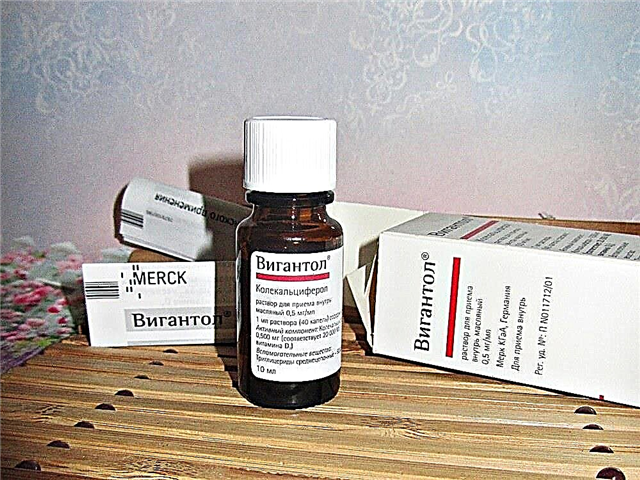
In the first year of his life, the baby goes from liquid to solid food. Most babies try many different foods after six months. The task of parents during this period is to acquaint the baby with new tastes, but to do it correctly and safely. Let's take a look at what products are recommended to be included in the diet of an eight-month-old toddler and how to correctly compose a menu for the day from them.
What foods can be added to the diet?
The main product that babies try at eight months on any type of feeding is meat. It serves as a source of valuable amino acids, vitamins, fats, and mineral salts. Meat is added to vegetable dishes, as well as porridge cooked in water. Lean meats such as chicken, turkey, and veal are the best choices.

The second product, which begins to be given from 8 months, is wheat bread. The first portion of the baby should be a piece of bread no more than 5 grams.
In addition to meat, an eight-month-old breastfed baby begins to try these foods:
- Butter. It is usually added to the porridge.
- Fruit juice. It is given after any meal.
- Baby biscuits and croutons. They can be given with both porridge and fruit puree.
A bottle-fed baby, as well as a baby whom my mother introduced to complementary foods before 6 months due to a lack of milk, can start giving fermented milk products at 8 months. It can be baby yogurt or kefir without additives. Such products can be cooked at home with your own hands or taken in the dairy kitchen.
If parents follow the recommendations for the introduction of complementary foods from Dr. Komarovsky, then by the age of eight months their child has already tried kefir, cottage cheese and porridge for a long time. At 8 months, the popular pediatrician advises to expand the menu by introducing cereals, vegetable oil, fruit puree, yolk, grated meat and fruit juice.

How much should a baby eat?
The total daily food intake for an eight month old baby can be calculated by the weight of the baby. To determine how much food a baby of this age needs per day, divide its mass by 8 or 9.
Recommendations for complementary foods:
Diet
An eight-month-old baby, as well as at 7 months, has 5 meals a day - the baby eats five times a day, with breaks between feedings up to four hours.

Sample menu
For a child who was exclusively breastfed until 6 months of age, at 8 months the menu will look like this:
For a seven-month-old baby, who was introduced to complementary foods at 4-5 months of age due to the small amount of breast milk in the mother, the daily menu will be as follows:
For a bottle-fed child, the menu at the age of eight months will look like this:
For a child who was introduced to complementary foods, taking into account Komarovsky's recommendations, the menu at 8 months will be as follows:
Tips
Although an eight-month-old baby is already eating quite large portions of complementary foods, you should not completely abandon feeding your baby with breast milk or formula. It is worth leaving the morning and evening feeding for breastfeeding, and during the day give the baby only solid food, which, however, many babies prefer to drink with mother's milk.

- Porridge at this age can be cooked both in milk and in water, adding milk mixture or mother's milk to the finished product. An eight-month-old baby can be offered porridge made from several grains. You can add fruits and baby cookies to the porridge.
- Eight-month-old children can no longer chop vegetables in mashed potatoes, but knead and give them in the form of soup, teaching the child to chew. You can add meat, yolk, oil to such a soup.
- Chicken meat should be introduced into the child's diet carefully, since it is an allergenic product.
- You need to cook dishes for the baby every day in order to give the baby only fresh food. To make life easier, mom can use ready-made baby cereals and mashed potatoes.
- Most children are actively teething at eight months, so the child will be happy to chew on dryers or crackers.
- Buy beautiful dishes for your child and give your child soups from a deep plate, main dishes from a flat plate, and drinks from a mug. Remember to encourage the child to eat on their own and regularly give the child a spoon to try using this utensil.
- If the child refuses any new foods, do not insist, but continue to offer the baby a new dish.
As the child becomes more and more active, many parents think about vitamins for a child under one year old. Whether they are needed, read our article.



